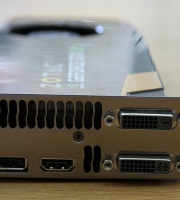
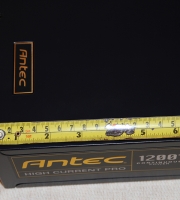
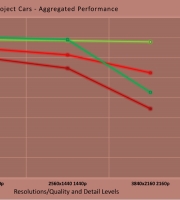
Moving on from the technical details to the physical hardware, let’s take a look at the HIS card, which does not elaborate on ATI’s reference design.
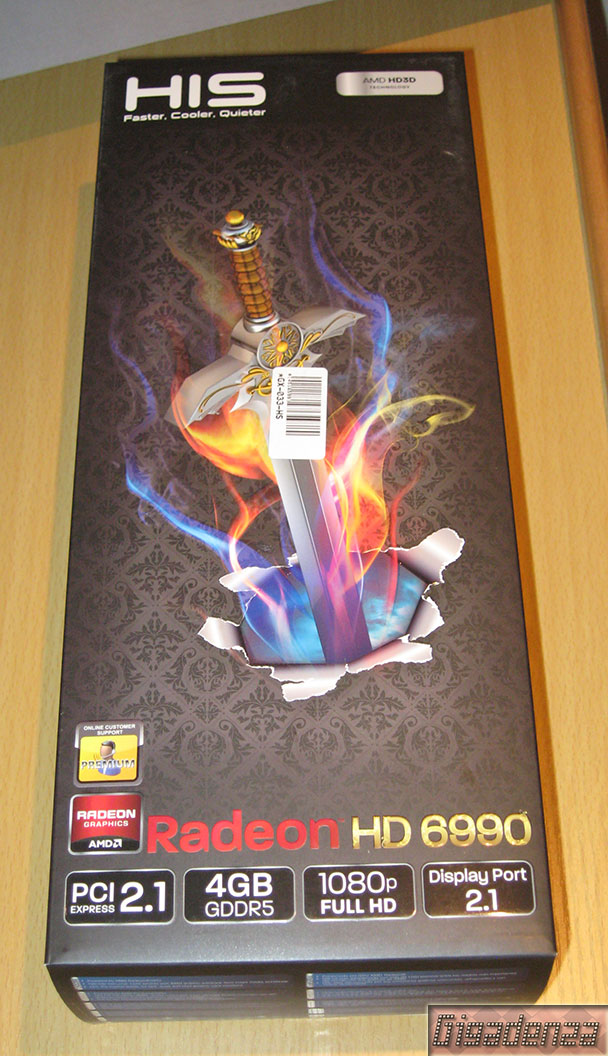
Outer packaging.
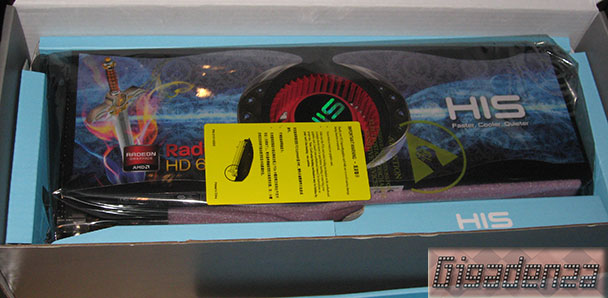
Inner Packaging.
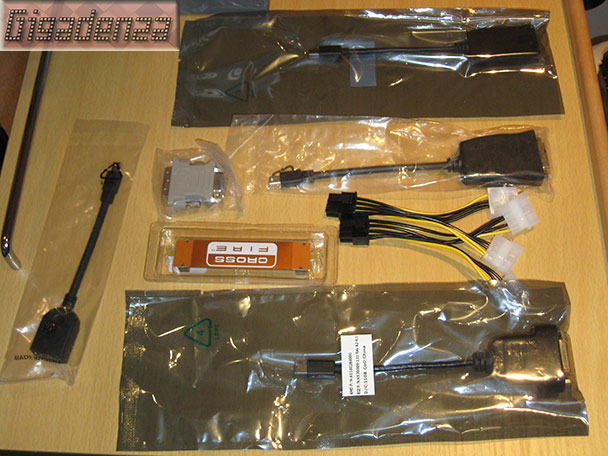
Accessories.
HIS has included a generous array of accessories with their 6990, eliminating the need for any further purchases in order to exploit the cards full potential…well…save for that of a cutting edge PC and three HD capable displays!
The bundle includes two mini display port to single-link DVI adaptors (one active and the other passive). A mini display port to standard display port adaptor. A mini display port to HDMI adaptor. A DVI to VGA adaptor. A crossfire bridge adaptor, this particular bridge cable is about 10cms in length, longer than the one supplied with the 5970, meaning those running crossfire setups will be able to install the cards with a gap of up to two slots between them. Since motherboard layouts vary significantly between manufacturers and can occasionally make it physically impossible to install such huge cards in certain slots, this is an important detail. Oh, and it also lends a little aid to cooling! Finally we have two molex to 8-pin PCI Express power adaptors which, when considering the 6990 sports a pair of 8-pin sockets rather than the six/eight combination we saw on its predecessor, is also most useful.
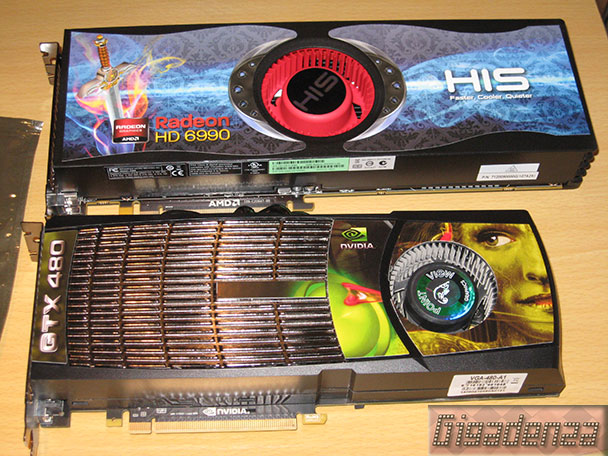
The card itself is almost exactly the same length as the 5970, just a shade over 30 cms but the re-deigned housing is not bevelled at the front, making it potentially even more of a squeeze to install. As can also be observed, the card’s fan has been located in the middle of the housing, ostensibly to ensure that both GPUs are the same distance away from it and hence, receive an equal amount of cooling.
This is a bold departure from the traditional design that both ATI and Nvidia have been using for several generations and though one can understand the logic behind it, may only be fully effective if the card is installed in cases with side intake fans, since the fan will now be further away from any intake fans at the front of a case and less able to benefit from the cool air they draw in. It may also “push” some of the hot air generated by the front GPU in the opposite direction to the airflow applied by most case fan configurations. Time and experience will prove whether or not this modifications is constructive.